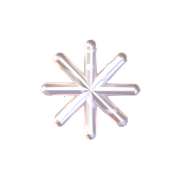-> 2023 11 Oct
Elements of Art
Golden Ratio: Alright, so this ratio is 1 to 1.6
| Elements of ART | Principles of ART |
| Line | Rhythm |
| Shape | Balance |
| Form | Emphasis (contrast) |
| Value | Proportion |
| Space | Graduation |
| Color | Harmony |
| Texture | Variety |
| Movement |
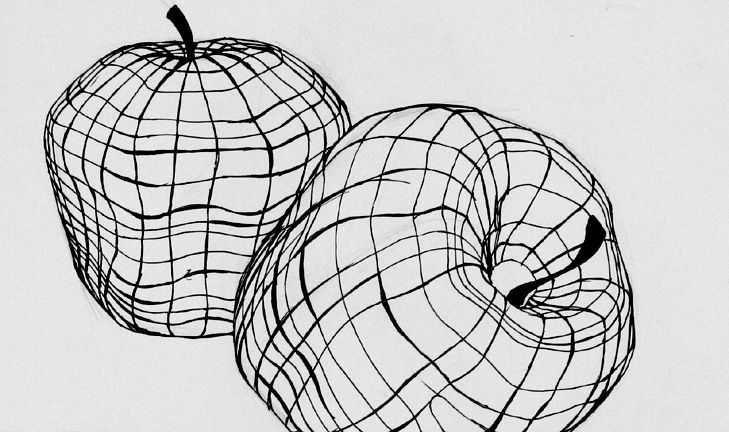
Line
- The most common use of a line is to show where an object ends. This type of line is called a contour line. -> outlines
- Line quality is the thickness or thinness of a line.
- TYPES OF LINES: Vertical lines, Horizontal lines, Diagonal lines, Zigzag lines, Curved lines, Line Variation, Degree of curve, Hatching and crosshatching, Hatching, Crosshatching
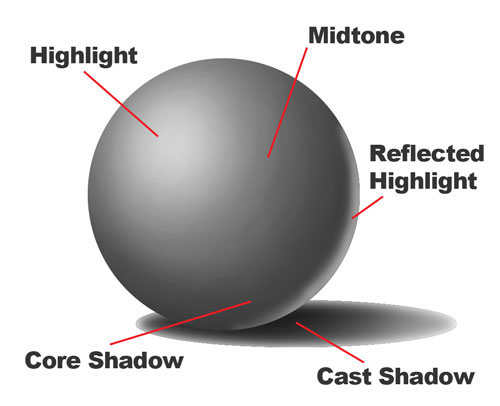
Form
- In terms of art, form refers to objects that are 3-Dimensional or have length, width, and height.
- Light reacts to objects and is communicated to viewers through several factors.
- Words: The highlight, The mid-tone, The core shadow, The cast shadow, The reflected highlight
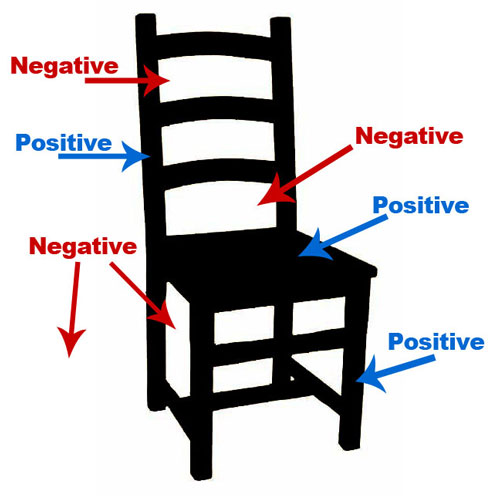
Shape
- A shape is created when a line is enclosed.
- Shapes generally have a specific name associated with math. Terms: Circle, square, triangle, oval, rectangle, parallelogram, trapezoid, pentagon, pentagram, hexagon, and octagon.
- Shapes + Value = illusion of form
- Positive shapes and negative: help the brain of our viewers understand what they are seeing.
- By organizing geometric and organic shapes, we can draw anything.
- Freeform Shapes ( organic shapes ) are irregular and uneven shapes.
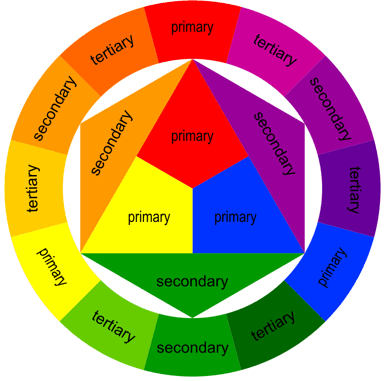
Color
- Color affects how we feel about objects, how we behave, and how our bodies react to circumstances. ( link )
- The Color Wheel: ( order of the color spectrum ) Primary, Secondary, and Tertiary
- Color Values: Value is the darkness or lightness of a color. ( Pure color (hue), value can be affected by adding white or black to a color )
- Color Schemes: ways colors are put together ( Monochromatic, Analogous colors(similar)
- Complementary colors ( red and green, yellow-green and red-purple )
- Color triads: consist of three colors found on the color wheel that are equally spaced ( Red, blue, and yellow or orange, green, and purple )
- Split complementary, Warm colors, Cool colors, Tints ( add white ), Optical color ( local color ), Arbitrary color ( artists express feelings ), Intensity

Space
- space is the area around, above, and within an object.
- Overlapping, Placement on the paper, Size, Detail, Color and Value, Perspective ( 6 ways to create an Illusion of depth )
- Terms: Positive Space, Negative Space, 3D ( space over, under, through, behind, and around a form. ) 2D ( an illusion ), Point of view, Chiaroscuro

Texture
- The way an object feels to the touch
- Invented -> 2-D patterns created by the repetition of lines of shapes
- Rough textures, Smooth textures,
- Matte -> surface that reflects a soft, dull light. Shiny surfaces are the opposite of matte.
- Impasto -> a painting technique in which the paint is built up on the surface to create a texture

Value
- The Element of Shadow: Value deals with the lightness or darkness of a color.
- We see things because light reflects off objects and goes into our eyes.
- A full range of values means that there are ample amounts of light values(tints) and dark values(shades). Be sure that you have a full range of value in your artwork.
